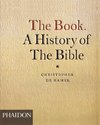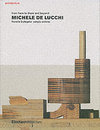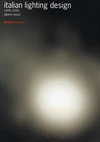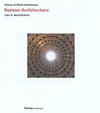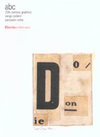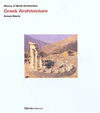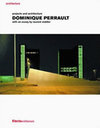
-
 Anglický jazyk
Anglický jazyk
Hohenstaufen Dynasty
Autor: Source: Wikipedia
Source: Wikipedia. Pages: 51. Chapters: Frederick I, Holy Roman Emperor, Frederick II, Holy Roman Emperor, House of Hohenstaufen, Conrad III of Germany, Philip of Swabia, Conradin, Frederick III of Sicily, Henry VI, Holy Roman Emperor, Constance, Queen of... Viac o knihe
Na objednávku, dodanie 2-4 týždne
16.38 €
bežná cena: 18.20 €
O knihe
Source: Wikipedia. Pages: 51. Chapters: Frederick I, Holy Roman Emperor, Frederick II, Holy Roman Emperor, House of Hohenstaufen, Conrad III of Germany, Philip of Swabia, Conradin, Frederick III of Sicily, Henry VI, Holy Roman Emperor, Constance, Queen of Sicily, Manfred, King of Sicily, Henry of Germany, Conrad IV of Germany, Bianca Lancia, Berengaria of Castile, Margaret of Austria, Queen of Bohemia, Isabella II of Jerusalem, Gertrude of Sulzbach, Otto of Freising, Marie of Hohenstaufen, Constance of Sicily, Queen of Aragon, Kunigunde of Hohenstaufen, Frederick II, Duke of Swabia, Enzio of Sardinia, Beatrice of Hohenstaufen, Anna of Hohenstaufen, Margaret of Sicily, Elisabeth of Hohenstaufen, Elisabeth of Bavaria, Queen of Sicily, Irene Angelina, Otto I, Count of Burgundy, Agnes of Germany, Adelheid of Vohburg, Helena Angelina Doukaina, Conrad, Count Palatine of the Rhine, Frederick I, Duke of Swabia, Leopold IV, Duke of Bavaria, Frederick IV, Duke of Swabia, Gertrude of Comburg, Conrad II, Duke of Swabia, Henry Berengar, Beatrice II, Countess of Burgundy, Joan I, Countess of Burgundy, Frederick V, Duke of Swabia. Excerpt: Frederick II (26 December 1194 - 13 December 1250), was one of the most powerful Holy Roman Emperors of the Middle Ages and head of the House of Hohenstaufen. His political and cultural ambitions, based in Sicily and stretching through Italy to Germany, and even to Jerusalem, were enormous. However, his enemies, especially the popes, prevailed, and his dynasty collapsed soon after his death. Historians have searched for superlatives to describe him, as in the case of Professor Detwiler, who wrote: A man of extraordinary culture, energy, and ability -- called by a contemporary chronicler stupor mundi (the wonder of the world), by Nietzsche the first European, and by many historians the first modern ruler -- Frederick established in Sicily and southern Italy something very much like a modern, centrally governed kingdom with an efficient bureaucracy. Viewing himself as a direct successor to the Roman Emperors of Antiquity, he was King of the Romans from his papal coronation in 1220 until his death; he was also a claimant to the title of King of the Romans from 1212 and unopposed holder of that monarchy from 1215. As such, he was King of Germany, of Italy, and of Burgundy. At the age of three he was crowned King of Sicily as a co-ruler with his mother Constance, the daughter of Roger II of Sicily. His other royal title was King of Jerusalem by virtue of marriage and his connection with the Sixth Crusade. He was frequently at war with the Papacy, hemmed in between Frederick's lands in northern Italy and his Kingdom of Sicily (the Regno) to the south, and thus he was excommunicated four times and often vilified in pro-papal chronicles of the time and since. Pope Gregory IX went so far as to call him the Antichrist. Speaking six languages (Latin, Sicilian, German, French, Greek and Arabic), Frederick was an avid patron of science and the arts. He played a major role in promoting literature through the Sicilian School of poetry. His Sicilian royal court in Palermo, from aro
- Vydavateľstvo: Books LLC, Reference Series
- Rok vydania: 2020
- Formát: Paperback
- Rozmer: 246 x 189 mm
- Jazyk: Anglický jazyk
- ISBN: 9781155207599
